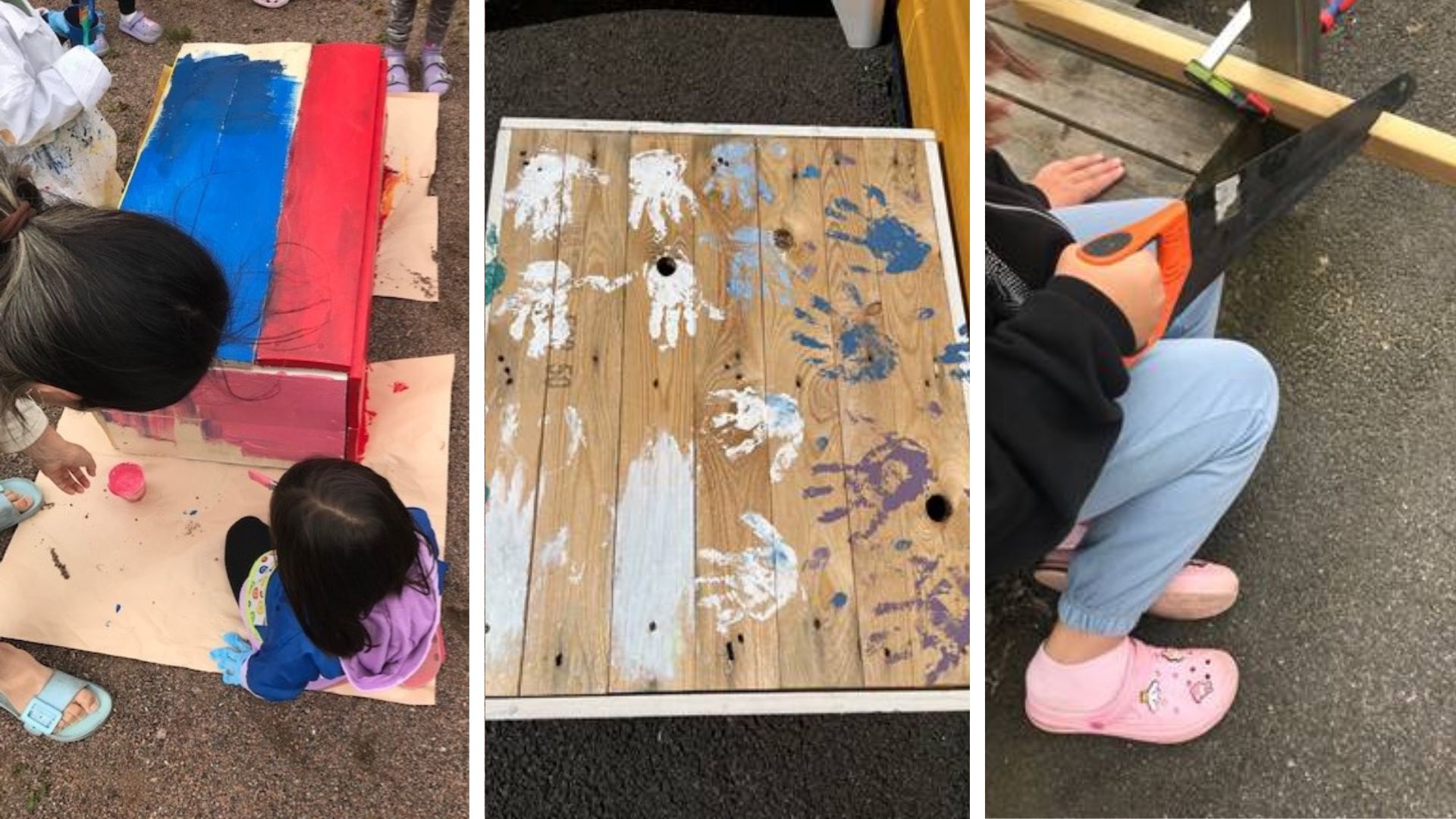How does it work? > Spatial planning and physical environments
Spatial planning and physical environments
The people, culture, places and spaces around us influence our relationship with movement and physical activity. Positive experiences of movement and physical activity that meet our needs encourage us to be - and stay - active. Make a move wants to encourage that urban planning and design of physical environments is done with physical literacy as an approach.

With good planning, communities can be designed so that the different urban environments promote movement. Land use, transport systems and architecture influence how people move, as does the form and design of outdoor and indoor environments. For example, people are more physically active in their daily lives if pedestrian and bicycle paths, walking routes, green spaces, fitness facilities and other services are easily accessible and safe.
It has also been shown that differences in physical activity between population groups are reduced when there are good opportunities to move around outdoors. A common everyday activity is active transportation: walking or cycling to get between places. Infrastructure that encourages both young and older people to walk and cycle also enables them to lead active lives, maintain social relationships and be independent and autonomous.
Another important element of community planning is to provide people with access to natural environments, parks and spontaneous sports venues: environments that meet different interests and activity levels, where there is something for everyone.
Good examples
Hanging areas, moguls and parkour in the design of a new activity area
When the Lindome activity site in Mölndal takes shape, the joy of movement is at the center. The goal is to create a place that arouses curiosity,...
Construction workshop with newly arrived children provides space for play
The accommodation for new arrivals in Mölndal was not intended to house children, but families with children have nevertheless moved in. The yard between the container homes...
Lidköping's first year of Summer move a success
The first summer of Summer Move in Lidköping was a success, with around 16 000 visitors. The outdoor pitch at Ågårdsområdet was transformed into a...
Moving workshop on risky play
At a time when children's physical activity is decreasing and digital entertainment is taking over, it is crucial to encourage...
Study visits to playgrounds
Jakob Spjut, Magnus Hammar, Linda Johansson and Lisa Holmström Gustafsson were among those on a study visit to Örebro.





